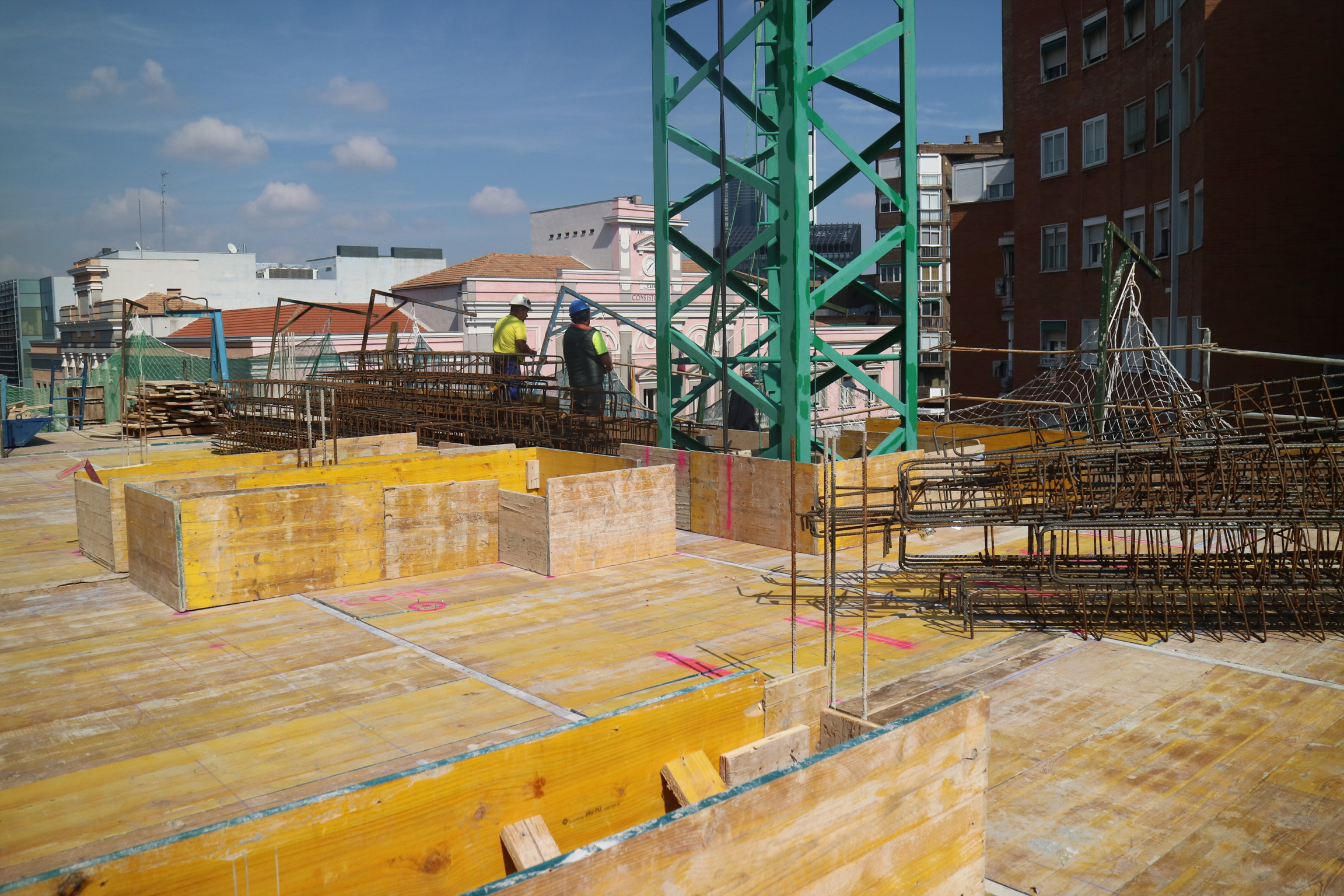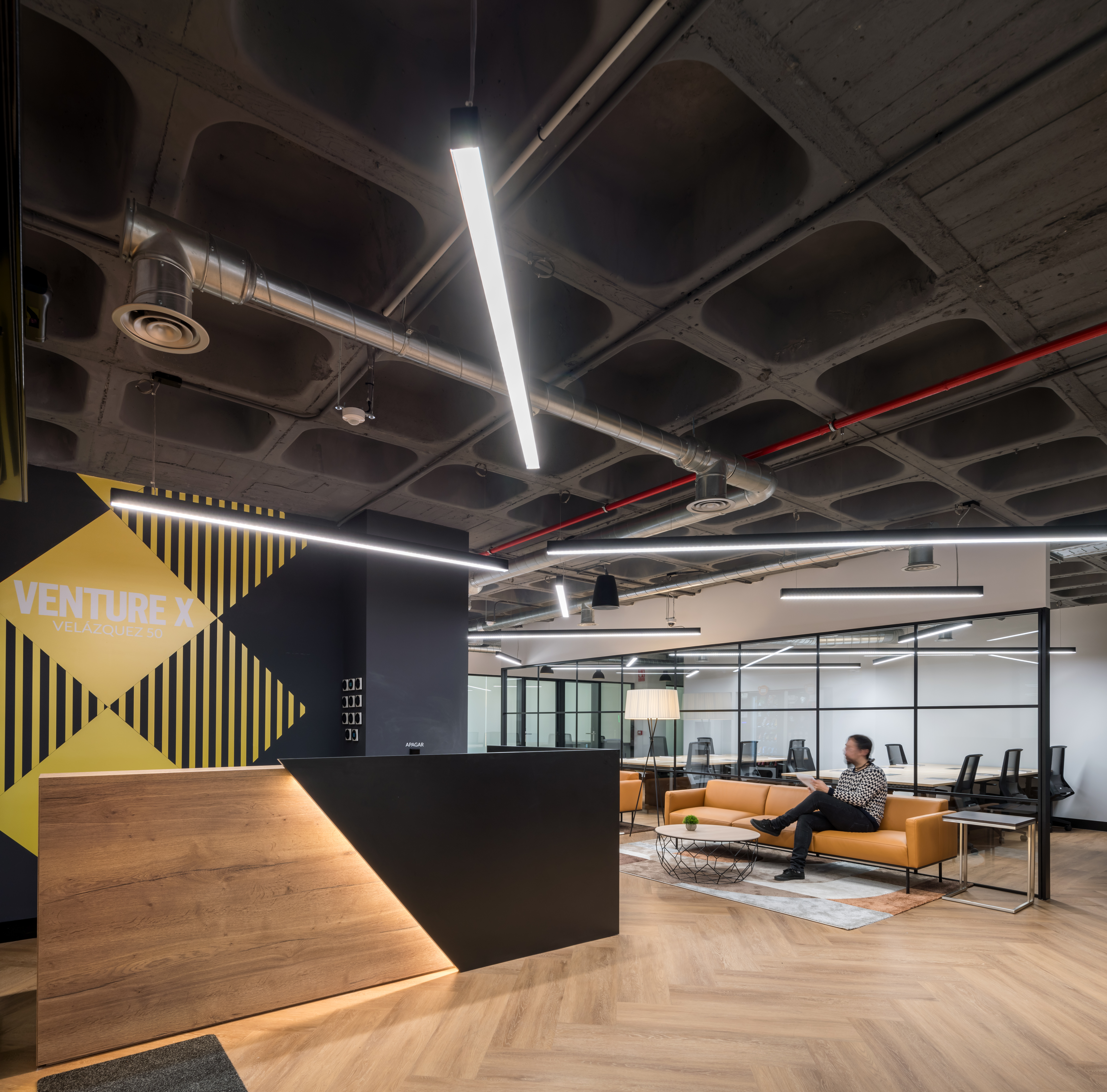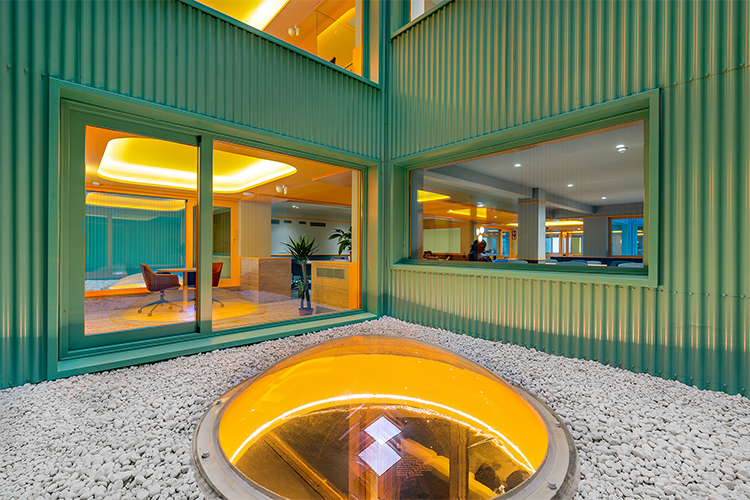Metodología Agile. De Antana a los espacios de trabajo de nuestros clientes
¿Qué es la metodología Agile?
Agile es una metodología de desarrollo de proyectos complejos basada en los siguientes principios:
- Objetivos y entregas parciales desarrolladas en paralelo: Frente al método tradicional de trabajo en serie o secuencial, la metodología Agile propone el desarrollo en paralelo de productos parciales.
- Trabajo en equipo: Los equipos de trabajo son pequeños (6-8 personas), multidisciplinares y autónomos, potenciando la comunicación entre distintas áreas productivas, facilitando la prueba de producto por cada una de ellas y agilizando la toma de decisiones. De esta manera, se reducen los errores y los plazos de desarrollo.
- Desarrollo incremental en ciclos cortos iterativos: Se establecen ciclos cortos (2-3 semanas) que empiezan con el establecimiento de objetivos y la planificación de la iteración y terminan con el análisis del resultado y la retrospectiva, lo que permitirá mejorar la productividad de la siguiente iteración.
¿Para qué tipo de proyectos conviene utilizar la metodología Agile?
La metodología Agile es muy útil para:
- Proyectos complejos que requieren para su desarrollo la intervención de distintas áreas de una misma empresa o, incluso, la participación activa de clientes y/o proveedores.
- Entornos con requerimientos poco definidos o cambiantes en los que hay que modificar recurrentemente objetivos y planificaciones.
- Desarrollos con plazos ajustados.
En origen, la metodología Agile se utilizó en desarrollos de software pero, actualmente, se ha extendido a todo tipo de proyectos complejos, en entornos poco definidos o cambiantes, con intervención de distintos agentes de distintas disciplinas y, en muchos casos, de distintas empresas.

¿Cuáles son las ventajas de la metodología Agile?
Las ventajas del marco de trabajo Agile, si está bien aplicado, son múltiples:
- El control empírico de los productos parciales por parte de los agentes involucrados en su desarrollo permite reducir los errores.
- El trabajo en equipos multidisciplinares y autónomos incrementa la motivación del personal involucrado y mejora la productividad.
- El trabajo en ciclos parciales e iterativos incrementa la flexibilidad en caso de modificación de requerimientos y facilita la gestión de expectativas del cliente.
- El desarrollo en paralelo de productos parciales reduce los plazos de ejecución.
¿Cómo aplicamos esta metodología en Antana?
En Antana aplicamos la metodología Agile en la Gestión de Proyectos – Project Management de implantación de oficinas
1. Para cada proyecto, constituimos un equipo multidisciplinar:
- Workplace, analizando la forma de trabajo del cliente con el fin de proponer alternativas y mejoras en el uso de los espacios.
- Diseño, entendiendo la imagen que el cliente quiere transmitir con sus oficinas y desarrollando el concepto que la potencie.
- Arquitectura e ingeniería, encajando, implantando y haciendo posibles los requerimientos funcionales del cliente.
- Obra, asegurando que los proyectos se mantienen dentro de los límites presupuestarios y de planificación.
- Cliente, verificando los resultados parciales y, en su caso, modificando los requerimientos.
- Proveedores y fabricantes, aportando su conocimiento específico en el desarrollo de ciertas unidades singulares.
2. Fijamos con nuestros clientes objetivos parciales y plan de entregas, muchas de las cuales se desarrollan en paralelo y de manera iterativa
- Necesidades de superficies, puestos y flujos de trabajo.
- Desarrollo de concepto.
- Desarrollo de la implantación.
- Elección de acabados y mobiliario.
- Cálculo de estructuras e instalaciones.
- Mediciones y presupuesto.
La modificación de un requerimiento por parte del cliente afecta a todos los desarrollos parciales. Un cambio en la implantación o distribución de la oficina, por ejemplo, afecta a instalaciones, licencias, mediciones, presupuestos y planificación.
3. Establecemos un calendario de reuniones periódicas con el cliente en las que le presentamos los resultados parciales obtenidos y planificamos los siguientes. El cliente se involucra en el establecimiento de requerimientos y de plazos.

¿Cómo ayudamos a nuestros clientes a implantar la metodología Agile en sus organizaciones mediante el diseño y la arquitectura?
La metodología Agile es una forma de trabajo y su implantación en una organización responde a cuestiones estratégicas que se escapan al alcance de los servicios que presta Antana. No obstante, una vez tomada esta decisión por la dirección de una compañía, Antana puede ayudar a su implantación física en los espacios de trabajo de dicha organización.
Se trata de diseñar e implantar las oficinas diferenciando entre los distintos trabajos que se desarrollan:
- Zonas de concentración, facilitando el trabajo individual, mediante la implantación de pequeños espacios aislados acústicamente que impiden las interrupciones
- Zona de trabajo por proyectos, fomentando la creatividad, participación y trabajo colaborativo
- Zona de comunicación externa e interna, transmitiendo la imagen y los objetivos de la compañía
Y esto no sólo es cambiar el mobiliario y hacer espacios flexibles. Se trata de entender la actividad de nuestros clientes, su forma de trabajo y la naturaleza de sus proyectos. Se trata de que los espacios impulsen estos cambios organizativos e inviten a los usuarios a asumirlos de manera natural. Se trata, al fin y al cabo, de que el diseño y la implantación de los espacios de trabajo sea un potente aliado en el desarrollo de la estrategia organizativa y de comunicación de las empresas.
En Antana, a través de nuestra actividad ayudamos a la empresas a crecer y a mejorar a través del diseño de sus oficinas y su implantación.
También te gustaría
Tendencias relacionadas

Metodología Lean y Agile en la Construcción

Llave en mano. El proyecto de Antana para Venture X Spain



